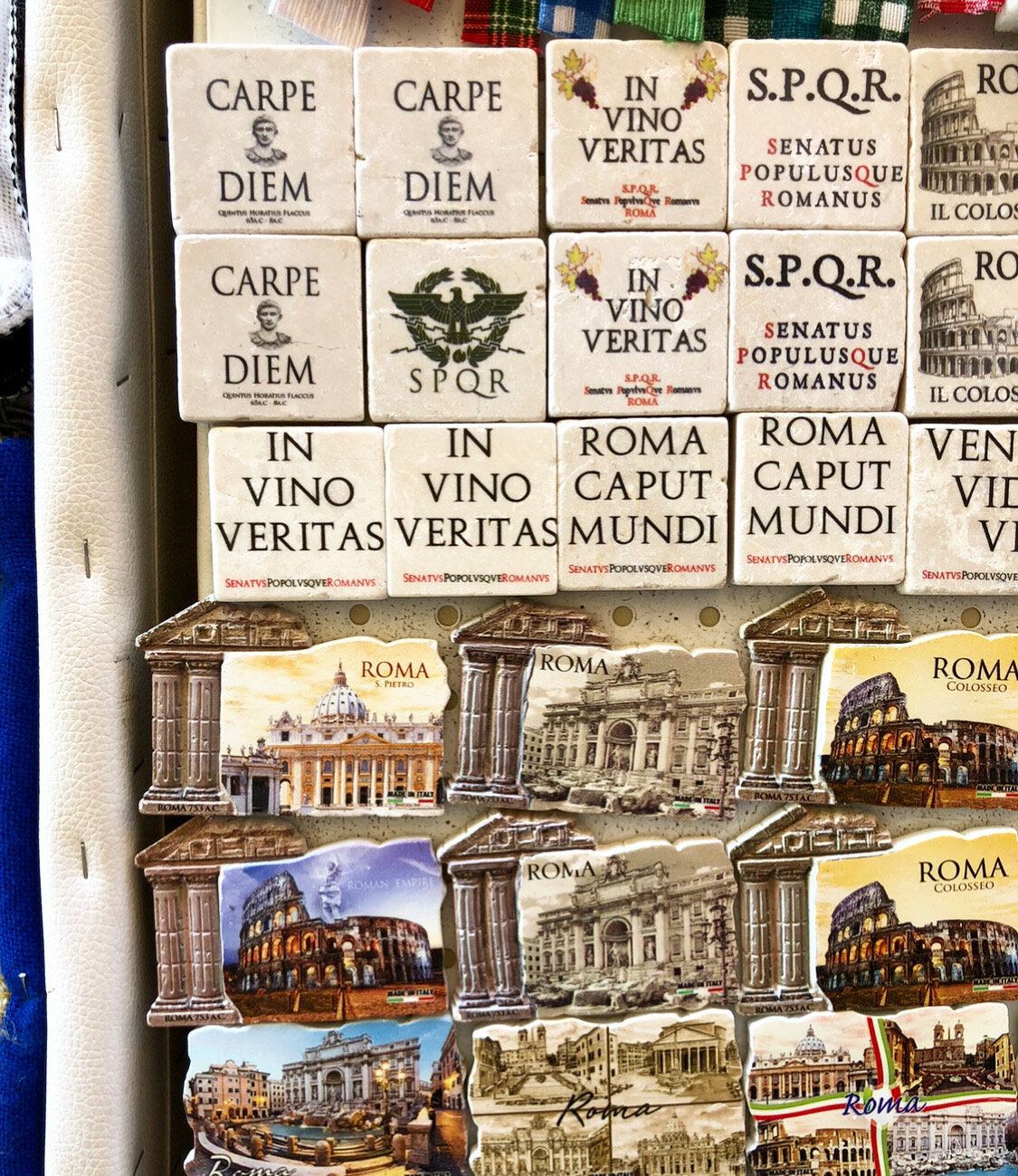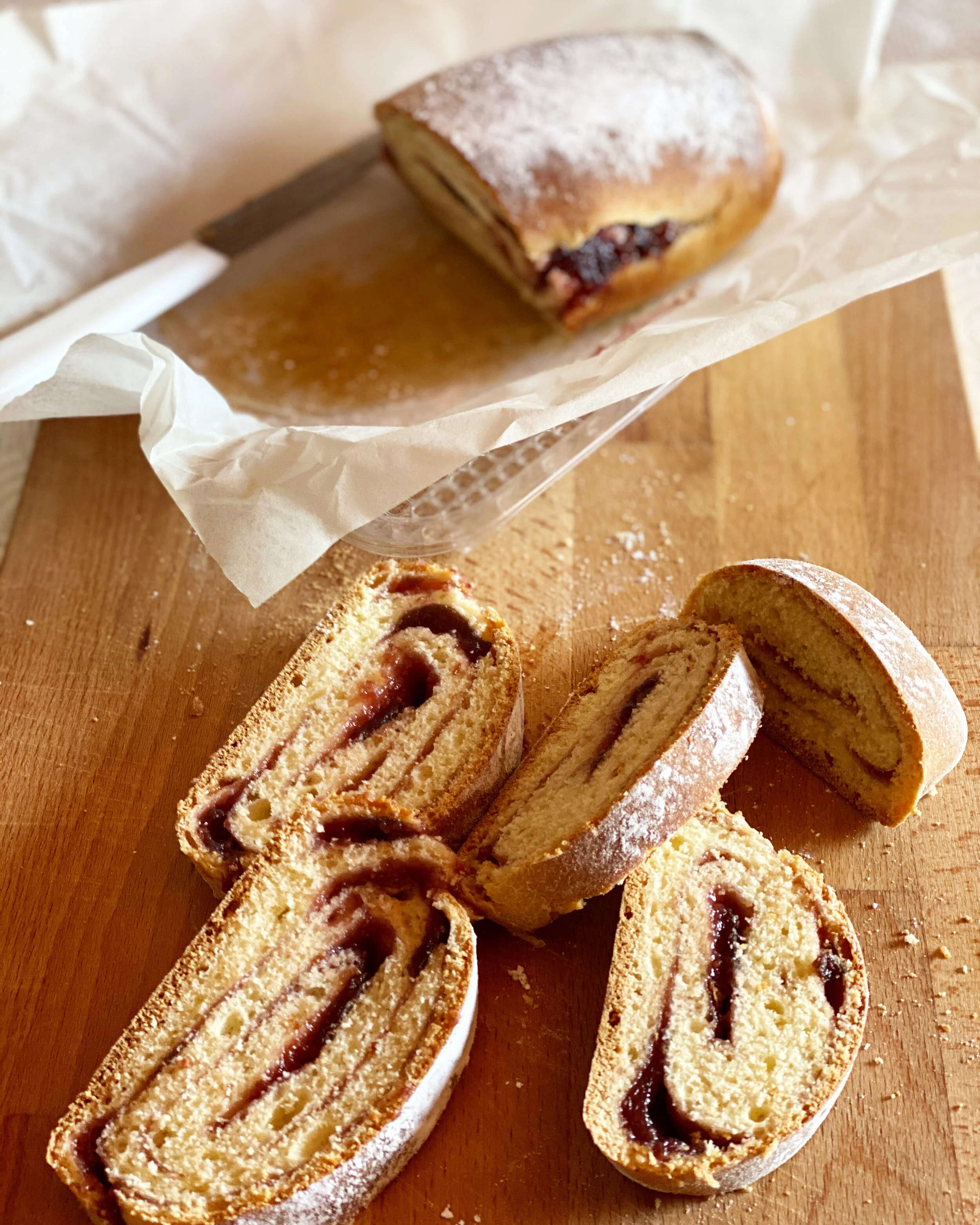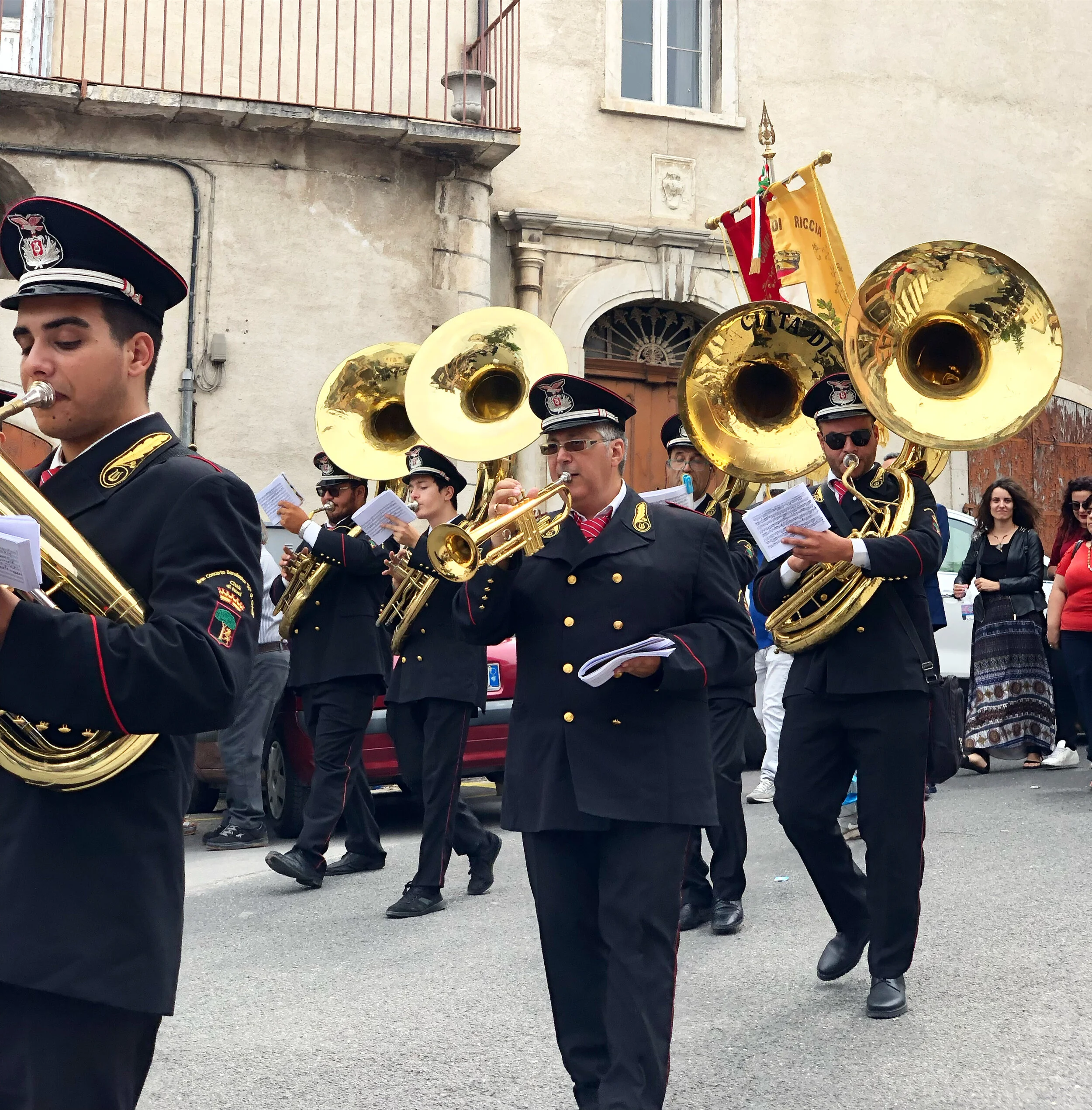So how does one drink like an Italian?
Italians love to socialise and alcohol is a huge part of our culture. Vino rosso, vino bianco, cocktails, birra (beer), amari (digestives), all have a place in an Italian’s social life. Though it seems how we embrace them is very different to those in other parts of the world.
Positano
Binge drinking is not glorified in Italy, and when we head out to catch up with friends or family, we are not on a mission to drink to get drunk. When Italians go to a bar, we like to socialise and embrace the life around us. Bars and restaurants are full of people chatting about anything from politics, to family, to the latest fashion or event, to history, and to life in general. Sipping your drink is the ‘norm’- while sculling just isn’t something you’ll see Italians do.
Positano
Drinks are never ever served without being accompanied by some sort of nibble or meal. We don’t drink cocktails like the Spritz or the classic Negroni during our meal either, as they are generally served to enjoy with some simple nibbles like peanuts, olives, tarallucci or mini crostini. We call this an ‘Aperitivo’ which has now become well known and very trendy with non-Italians. While it may seem ‘cool’ to drink several Espresso Martini’s or Spritz with your dinner in other parts of the world, it’s just not a thing in Italy. Infact, a lot of Italian noses would be screwed up just at the thought. We do our coffee in the morning, or after a meal, or even for an afternoon pause and pick me up… but never during our meal. Just ew!
Positano
So what we choose to drink often depends on the food we’ll be eating and the time of day. It’s like poetry in motion. An aperitivo before lunch or dinner, wine with your meal and an ‘amaro’ (digestive) after it. I guess you could call them little rituals. Wine is a dining table staple, and children are often encouraged to have a sip with their meal. Food, drink, friends, family, acquaintances and conversation go hand in hand. They were married in Italy and until death do they part!
My all time favourite Italian cocktail is the classic Negroni. The aromas take me back to my childhood and memories of days and nights spent in the family restaurant. Here is the recipe, and a few others with variations. They are all simply served on ice and stirred, dressed with a slice of orange.
NEGRONI: (original)
· 30 ml Campari
· 30 ml Sweet vermouth
· 30 ml Gin
NEGRONI SBAGLIATO - MISTAKE NEGRONI
A Negroni created by mistake, hence it’s name. Born in the 70’s at the Bar Basso in Milano by a bartender who accidentally added spumante in place of the gin.
30ml Bitter
30ml Vermouth rosso
30ml Prosecco (spumante Brut)
IL CARDINALE – THE CARDINAL
In the 1950’s in Rome, a Cardinal would order his usual Negroni at a Bar in Via Veneto, when one day the barman asked if he could change it up a little and created for him a Negroni with dry vermouth instead of the usual red vermouth.
30ml Gin
30ml Bitter
30ml Dry Vermouth
NEGROSKI:
This variation of Negroni replaces the gin with vodka.
30ml Vermouth rosso
30ml Bitter
30ml Vodka
JAPANESE NEGRONI:
This Negroni variation replaces the gin with the classic Japanese Sakè.
30ml Vermouth rosso
30ml Bitter
30ml Sakè









































